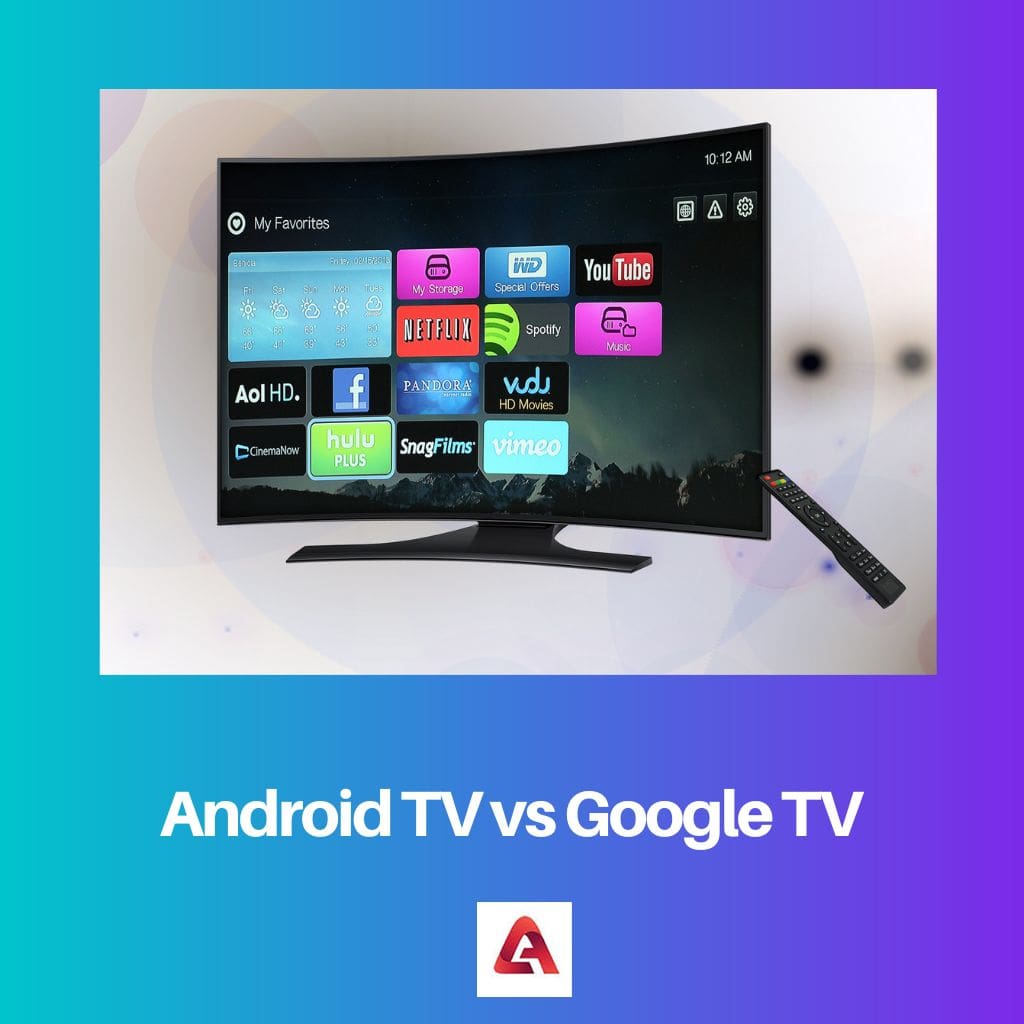Today mostly all electronic devices have stopped using cathode ray tubes.
Flat panels have been a good replacement or alternative for it. Because of its less complexity, affordability and also sleek appearance, people prefer buying devices that use flat panels as displays.
Now LCD or Liquid Crystal Display is a flat panel. It is very affordable and easy to operate.
Key Takeaways
- LCD (Liquid Crystal Display) is a type of flat panel display technology that uses liquid crystals to create images on a screen.
- Flat panel refers to a broad category of thin, lightweight display technologies, including LCD, LED, OLED, and plasma screens.
- All LCD screens are flat panels, but not all are LCDs, as they can also employ other technologies.
LCD vs Flat Panel
LCD (Liquid Crystal Display) is a type of display technology commonly used in computer monitors, televisions, tablets, and other electronic devices. It utilizes liquid crystal to produce images on the screen. The term flat panel refers to a category of displays that have a flat and thin profile.

LCD or Liquid Crystal Display is used in mobile phones, TV screens, laptops, tablets etc. It is cheaper to use and comes in small screens. Other than this, it also consumes less power, but the resolution is not that high.
The colour prominency is also not to that level. However, it uses natural and artificial light to produce light by converting those light waves into computer graphics.
Flat-panel refers to that sort of display where volume, weight and power are lesser compared to cathode-ray tubes. It is less expensive and small in size.
It is of two types- emissive and non-emissive display. LCD, LED, OLED. Plasma display- all are flat panels.
Comparison Table
| Parameters of Comparison | LCD | Flat Panel |
|---|---|---|
| Definition | LCD is Liquid Crystal Display. It is a flat panel display. | Flat panel is a broader term that is used to refer to video devices that are lightweight, consume minimal power. |
| Classification | LCD cannot be classified further. | Flat panels are of two types- emissive and non-emissive. |
| Affordability | Devices with LCD panels are inexpensive. | But not all flat panels are cheap. |
| Source of light | Natural and artificial | The energy produced by electricity |
| Screen size | LCD screens are small. | But all flat panel screens are not small. For example, plasma panel. |
What is LCD?
The word LCD refers to Liquid Crystal Display. Nowadays, it is used in almost all the devices such as mobiles, tablets, laptops, TV screens and even computers.
The liquid crystal is the medium state of the mixture of solid and liquid crystals. It’s neither solid nor liquid. But its properties match with the crystallized solid form.
Now liquid crystals come in various forms like nematic and sematic. For LCD displays, twisted nematic liquid crystals are used. Here the arrangement of molecules is designed in such a way that it twists at an angle of 90°.
In LCD displays, every pixel has three colours- red, green and blue.
Normally the light we get is non-polarized light which means the light waves are scattered all over the different planes.
But if you install either a horizontal or vertical polarized lens, it will filter the light waves of that particular plane, and you will get to see only those light waves.
The same formula goes for LCD displays where we have the backlight from whether light emits. After that, if there are a horizontally polarized filter and liquid crystal panel, then the light waves will be twisted.
After that, there will also be a horizontal panel that helps to emit light. But when voltage is applied to that liquid crystal panel, its twisted mechanism stops right away, and the light waves follow a straight pattern. This is the principle that works in LCD displays.

What is Flat Panel?
Flat-panel displays refer to a type of video device whose requirement for volume, weight and power is lesser as compared to cathode-ray tubes.
It is used in small TV monitors, calculators, pocket video games, laptops, computers advertisement boards etc. Flat-panel displays are of two types- emissive display and non-emissive display.
Emissive displays are used in those devices where the energy produced by electricity is transformed into light. Any device using plasma panels LED displays are an example of this.
Though these displays have many advantages like reduced volume, display that is flicker-free, small screen size, it has a few disadvantages.
Since emissive displays use cathode ray, it suffers from poor resolution. If it is damaged, the repairing can be a bit difficult due to its complex wiring.
On the other hand, non-emissive displays are those that use natural light or any other light source and convert it into graphics patterns. LCD is an example of that.
Though non-emissive displays are very affordable for two reasons. Firstly, they cost less and consume lesser power compared to emissive displays. But it compromises on the resolution as well as colour prominence.
Thus, one needs to weigh both the advantages and disadvantages before opting for a device that uses a non-emissive display.

Main Differences Between LCD and Flat Panel
- LCD is a flat panel display. But flat-panel displays refer to both emissive and non-emissive displays like LED, OLED, Plasma display etc.
- LCD uses small screens, and its weight is light. But all flat-panel devices are not small in size like plasma displays have big screens.
- LCD has no further classification. Flat panels can be of two types- emissive and non-emissive.
- In LCD, the natural light or any other light source is converted into computer graphics. In flat panels, if the device has an emissive display, it uses the energy of electricity to produce light. If it is a non-emissive display, a natural or artificial light source is used.
- LCD is very affordable. But not all flat panels are less expensive.







